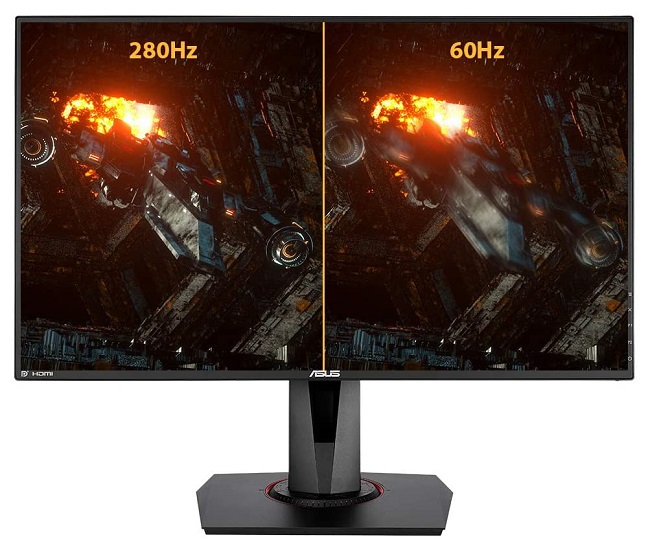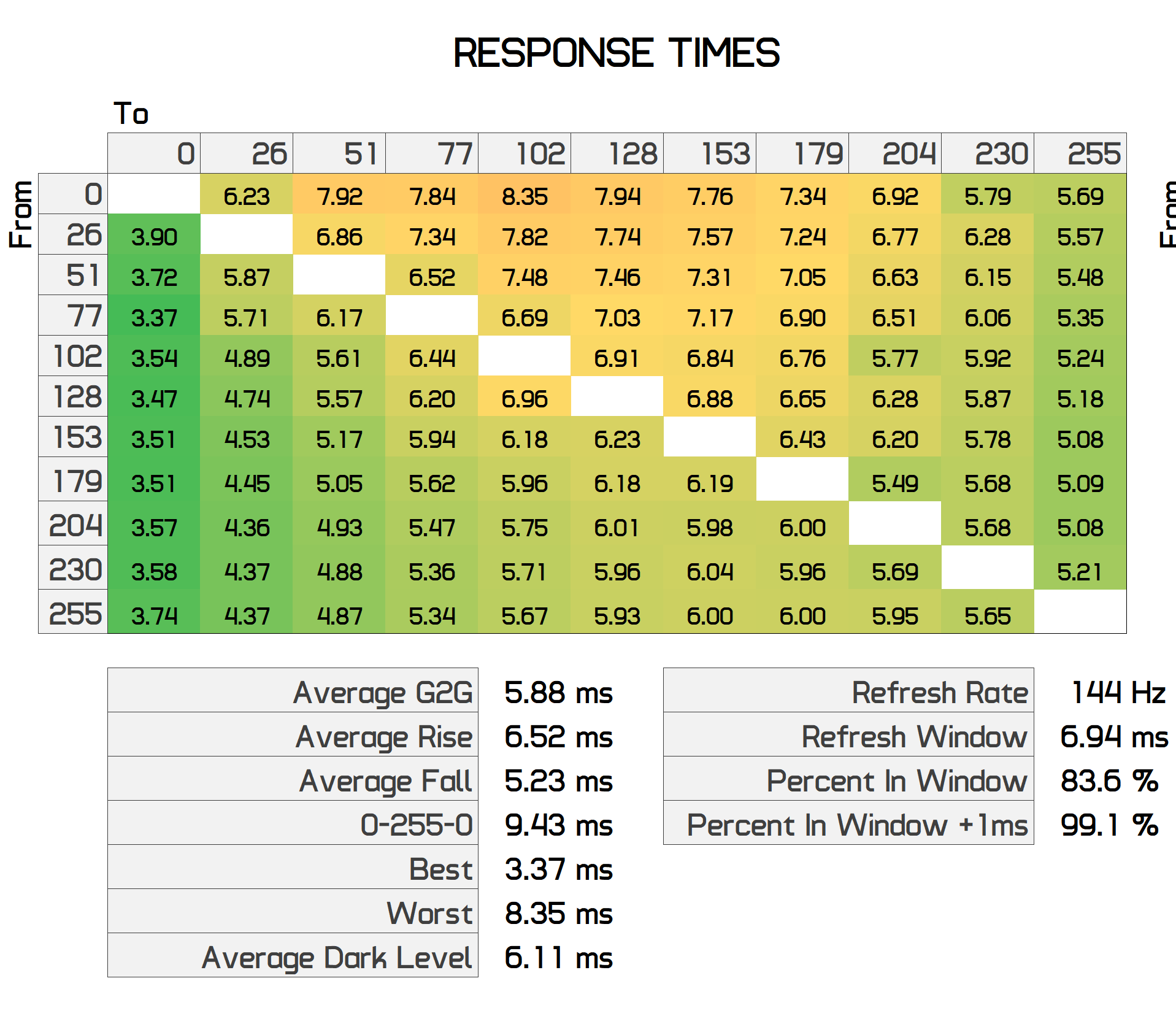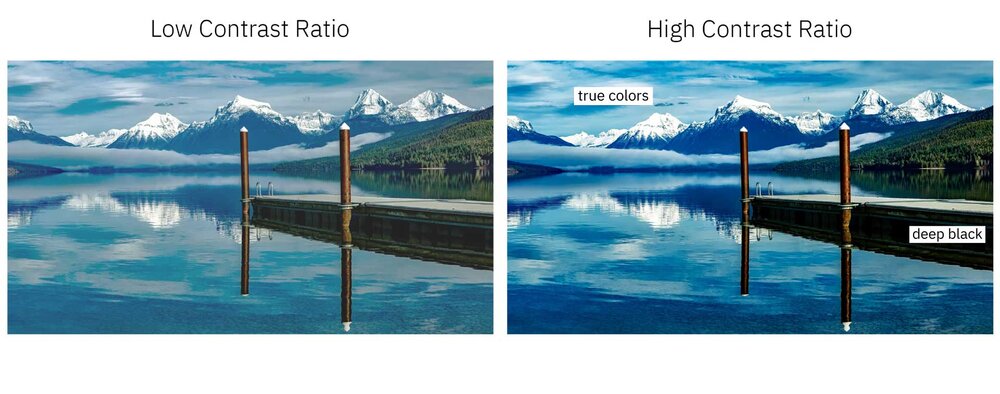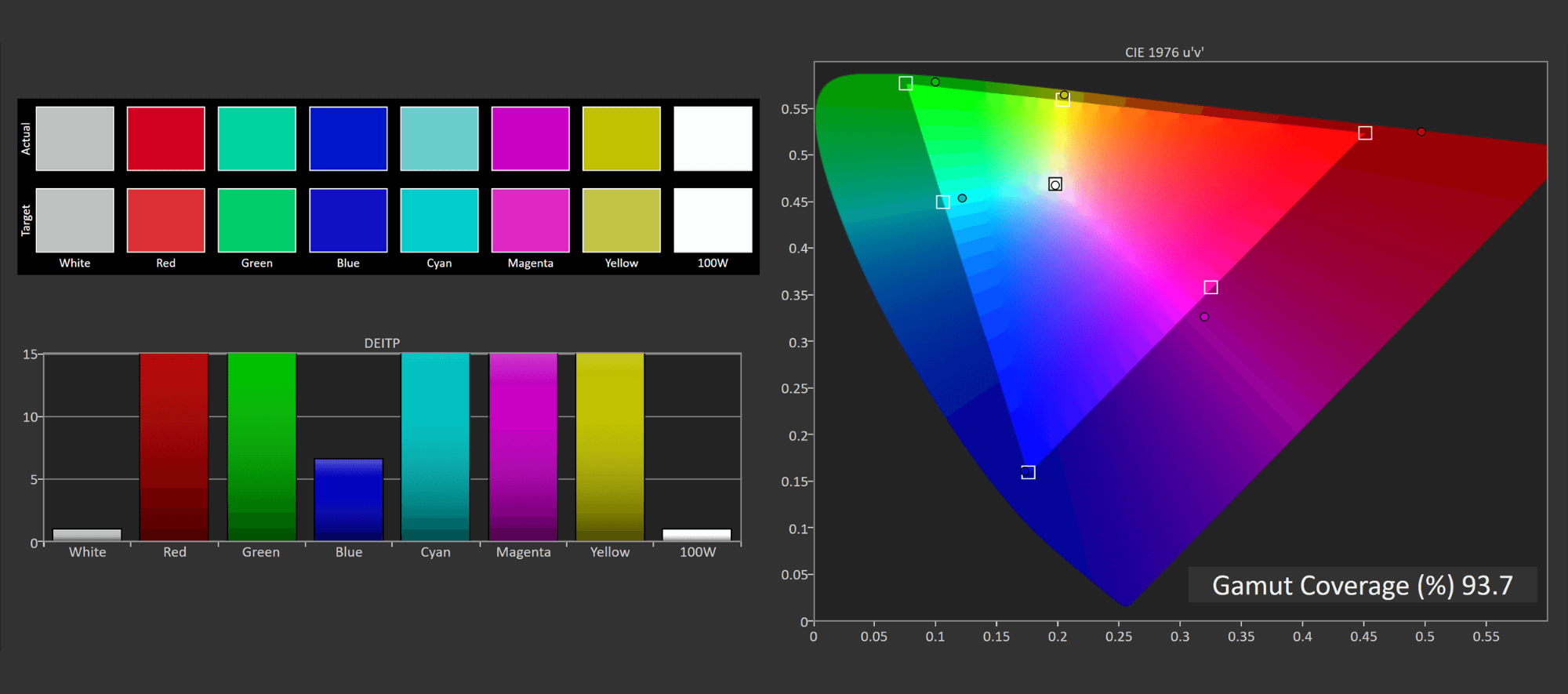Understand the key display specifications such as resolution, refresh rate, response time, contrast ratio, and color gamut. Make informed choices when selecting a monitor.
When you choose the display screen of your display device, you need to know the key display specifications such as resolution, refresh rate, response time, contrast and color gamut, and after you are clear about these concepts, you will make a wise choice when choosing the display. So, let's talk about resolution, refresh rate, response time, contrast, and gamut.
Resolution Explained

The resolution of a display refers to the number of pixels it can accommodate. It determines the level of detail and sharpness in the visuals. Common resolutions include Full HD (1920x1080), 4K Ultra HD (3840x2160), and even higher resolutions for professional applications. Higher resolutions provide crisper and more detailed images, but they may require more powerful hardware to drive them effectively.
Refresh Rate and Its Impact

The refresh rate represents the number of times per second the display refreshes its content. It is measured in Hertz (Hz). A higher refresh rate results in smoother motion and reduced motion blur, especially during fast-paced activities like gaming or watching action-packed videos. While 60Hz is standard, many monitors now offer higher refresh rates, such as 144Hz or even 240Hz, for an enhanced visual experience.
Response Time and Its Importance

Response time refers to how quickly a pixel can change from one color to another. It is measured in milliseconds (ms). A lower response time ensures that fast-moving objects appear sharper and reduces ghosting or blurring effects. This specification is particularly vital for gamers or anyone engaging in activities with rapid motion. Look for monitors with response times of 5ms or less for optimal performance.
Contrast Ratio and Brightness

Contrast ratio indicates the difference between the brightest and darkest colors a display can produce. Higher contrast ratios result in more vibrant and dynamic visuals with better distinction between shades. Brightness, measured in nits (cd/m²), determines how luminous the display can get. A higher brightness level allows for better visibility in bright environments. Consider monitors with high contrast ratios and adjustable brightness settings for versatile viewing experiences.
Color Gamut and Accuracy

Color gamut refers to the range of colors a display can reproduce. It is typically measured using standards such as sRGB or DCI-P3. Wide color gamut displays offer a broader range of colors, resulting in more lifelike and vibrant visuals. Color accuracy is also essential, especially for professional work like photo editing or graphic design. Look for monitors with high color accuracy and wide color gamut coverage for accurate and vivid color reproduction.
Conclusion
Understanding display specifications is crucial for making informed decisions when selecting a monitor. Consider the resolution for sharpness and detail, the refresh rate for smooth motion, the response time for reduced blurring, the contrast ratio for vibrant visuals, and the color gamut for accurate and lifelike colors. Assess your specific needs based on usage scenarios to find the ideal balance of specifications that enhance your visual experience.






